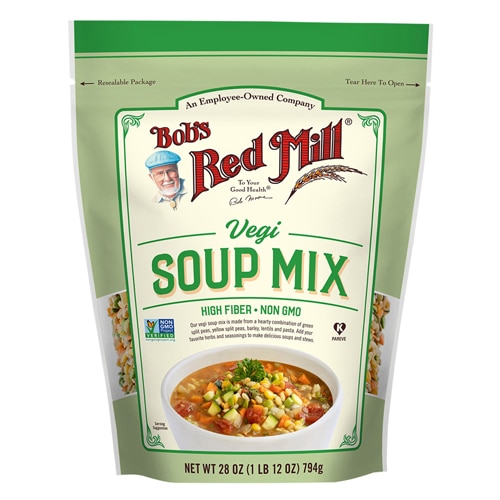Crustaceans and mollusks are the glamor species of the seafood industry. Interest in aquaculture 1 of these invertebrates, frequently re ferred to as shellfishes, has resulted from increased exploitation of wild sks. This has driven prices up to levels very attractive to investors. Much attention has been focused on crustaceans such as freshwater crawfishes, freshwater prawns, penaeid shrimps, and hom arid lobsters, and mollusks such as oysters, clams, mussels, scallops, and abalone. Success has been greatest with low trophic level species such as freshwater crawfishes and bivalve mollusks where nature subsidizes the aquaculturist in many ways, providing feed at low or no cost, seed for culture systems, waste removal, and so forth. Species such as homarid lobsters, penaeid shrimps, and abalone may have complicated life cycles, relatively slow growth rates, and other problems that have, so far, limited development of aquaculture of these high value, high visibility species. All taxa listed initially can be cultured from egg to egg in captivity, but many factors influence the commercial profitability of raising them in the United States. Investment in aquaculture of crustaceans and mollusks in the United States or by U. S. companies abroad has been extensive. Yet, only freshwater crawfishes and oysters have been cul tured on a truly large-scale, profitable basis to date in the United States proper. Other taxa such as penaeid shrimps and abalones are being cultured in the Orient where demand justifies expensive, labor intensive culture systems.





















